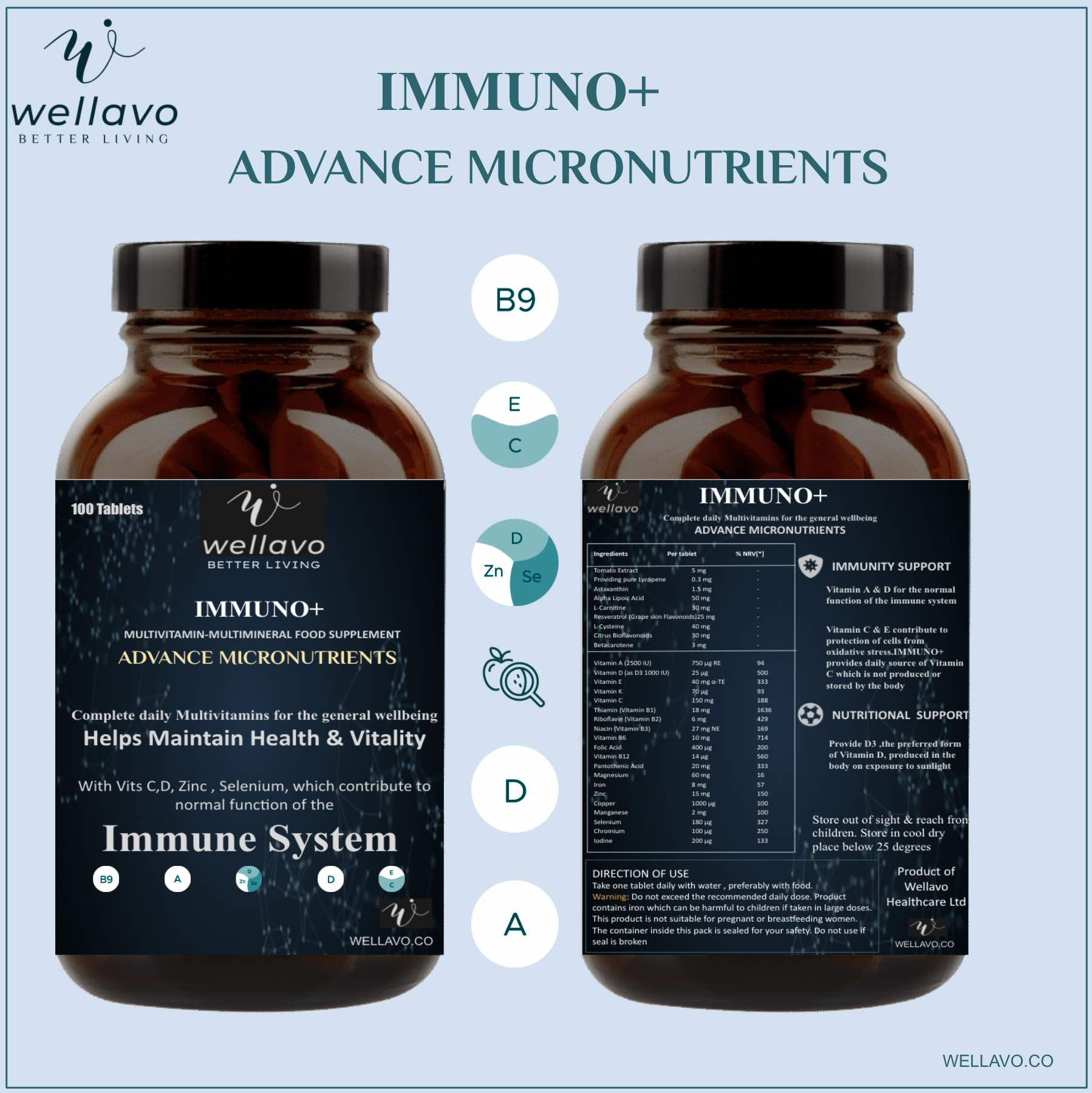Vestibular migraine is a migraine condition that induces vertigo.
People who experience vertigo feel that they’re moving when they aren’t, or that their surroundings are moving around them when they aren’t. Vertigo can feel similar to motion sickness.
A vestibular migraine episode lasts anywhere from a few seconds to several hours. Its symptoms may include a loss of balance, motion sickness, dizziness, lightheadedness, disorientation or confusion, nausea and vomiting, and a severe headache (1).
While migraine attacks often involve recurrent, throbbing headaches, vestibular migraine episodes may not — making this condition difficult to diagnose (2).
Notably, some research suggests that lifestyle and dietary changes may help reduce the frequency and severity of vestibular migraine attacks (2).
This article explains how diet may affect vestibular migraine and provides a guide for dietary changes to help reduce symptoms.
The exact cause of vestibular migraine remains unknown. However, this condition seems more common among women. Genetics, diet, lifestyle, and environmental factors may also play a role (2, 3).
Research suggests that tweaking your diet may reduce the occurrence and intensity of migraine attacks (3).
Common dietary triggers for these attacks include chocolate, alcohol, coffee, aged cheeses, and processed meats. These foods contain chemicals like tyramine, nitrates, histamine, and phenylethylamine, all of which have been linked to migraine symptoms (3, 4).
Some people report that their migraine symptoms worsen if they don’t eat, which suggests that fasting and skipping meals may increase the severity of attacks (5).
Keep in mind that trigger foods may vary from person to person. In fact, some people may find that their diet doesn’t affect migraine episodes.
Summary
Certain foods, such as alcohol, processed meats, and chocolate, may cause vestibular migraine symptoms. Fasting and skipping meals may also play a role. Remember that dietary triggers may vary from person to person.
Currently, there are no official dietary guidelines for vestibular migraines.
However, research suggests that an elimination diet may help identify potential triggers (3, 6).
With this approach, you remove foods you suspect may worsen your symptoms. Because people respond differently to foods, elimination diets are personalized for each individual (3).
You then reintroduce these foods at a later date, group by group, to determine whether any food or food group triggers your symptoms.
An elimination diet typically lasts 5–6 weeks. It should only be done under the supervision of a health professional like a dietitian or doctor, as it increases your risk of a nutritional deficiency if followed incorrectly or for too long.
Bear in mind that vestibular migraine is a complex condition, and you may find that dietary changes don’t affect your symptoms.
An elimination diet is divided into two main phases — elimination and reintroduction.
The elimination phase
During this phase, you avoid foods that may trigger vestibular migraine symptoms.
You can then tell whether diet plays a role in your symptoms because you’ve eliminated nearly all possible trigger foods.
This phase typically lasts 2–3 weeks.
The reintroduction phase
During this phase, you slowly reintroduce the eliminated foods or food groups.
Each food group should be introduced individually over 2–3 days while you record how it affects your vestibular migraine symptoms.
If you find that reintroducing a food or food group doesn’t worsen your attacks, it’s likely safe to eat. Yet, a food that triggers symptoms may need to be cut from your diet indefinitely.
The reintroduction phase takes another 2–3 weeks depending on how many food groups you eliminated initially, though it may last longer if your health care professional recommends it.
Summary
An elimination diet targeting migraine trigger foods may help reduce vestibular migraine symptoms. This diet has two main phases — elimination and reintroduction — and usually lasts 5–6 weeks.
An elimination diet for vestibular migraine should remove foods linked to migraine symptoms, such as (4):
- aged cheeses
- alcohol (particularly red wine and beer)
- aspartame, an artificial sweetener
- chocolate
- coffee and other caffeinated beverages
- monosodium glutamate (MSG)
- processed meats like bacon, sausages, salami, and cured meats
Other foods that may worsen symptoms but have less supporting evidence include (4):
- citrus fruits
- tomatoes
- onions
- beans and lentils
- nuts and seeds
- pickled and fermented foods
- organ meats, such as beef and chicken livers
- salted, smoked, and dried fish
- dairy products like milk, cheese, cream, ice cream, and yogurt
- canned soups, soup cubes, and bouillon cubes with MSG
- fruit juices and carbonated sodas
- bottled salad dressings and packaged dips
- vitamins and herbal supplements, especially those containing caffeine
If you suspect that other foods not listed above may trigger your vestibular migraine symptoms, you should consult a health care professional and consider removing them as well. The more food groups you eliminate in the first phase, the more effective the diet.
Keep in mind that these food groups should only be avoided during the elimination phase, as they’re reintroduced later on.
Summary
An elimination diet for vestibular migraine is very restrictive and bans numerous common foods, which are reintroduced after 2–3 weeks.
While the elimination phase is restrictive, you’re still able to enjoy plenty of healthy, delicious foods, such as (4):
- Fruits: most fruits, excluding citrus and tomatoes
- Vegetables: most vegetables, excluding onions, beans, and lentils
- Grains: all grains, such as rice, quinoa, couscous, and oats
- Meat, eggs, and fish: all fresh meats, such as chicken, beef, turkey, lamb, eggs, and fish — though not processed or boxed meats and fish
- Dairy substitutes: nondairy milk, such as coconut and oat milk
- Fats: healthy fats like olive, flaxseed, and coconut oils
- Beverages: water and decaffeinated herbal teas
- Spices and condiments: all fresh herbs and spices, plus most homemade condiments (no store-bought dressings or dips)
If you’re struggling to stay motivated during this phase, try experimenting with a variety of herbs and spices to flavor your dishes.
Summary
While a vestibular migraine diet’s first phase is restrictive, you can still enjoy plenty of fresh, whole foods.
While an elimination diet may help reduce vestibular migraine symptoms, it has several potential downsides.
For starters, an elimination approach is highly restrictive. You shouldn’t follow it for an extended period without the supervision of a health professional, such as a doctor or dietitian.
Restricting multiple food groups for too long increases your risk of nutrient deficiencies.
Furthermore, it’s important to note that eliminating trigger foods may not work for everyone, as diet may not play a role in everyone’s vestibular migraine attacks. What triggers one person’s symptoms may not trigger another’s.
Summary
If you don’t seek professional guidance, a vestibular migraine diet may increase your risk of nutrient deficiencies. In some cases, this diet may not help treat your symptoms.
Vestibular migraine attacks, which are characterized by vertigo, can be extremely uncomfortable, though removing trigger foods may relieve symptoms.
The most common dietary triggers include aged cheeses, processed meats, chocolate, coffee, MSG, and alcoholic beverages like red wine and beer. Fasting or skipping meals may likewise play a role.
Some research suggests that an elimination diet may help manage vestibular migraine symptoms by identifying specific triggers.
Because elimination diets are very restrictive, you should only follow them under the supervision of a health professional. Remember that diet may not play a role in everyone’s migraine symptoms.





